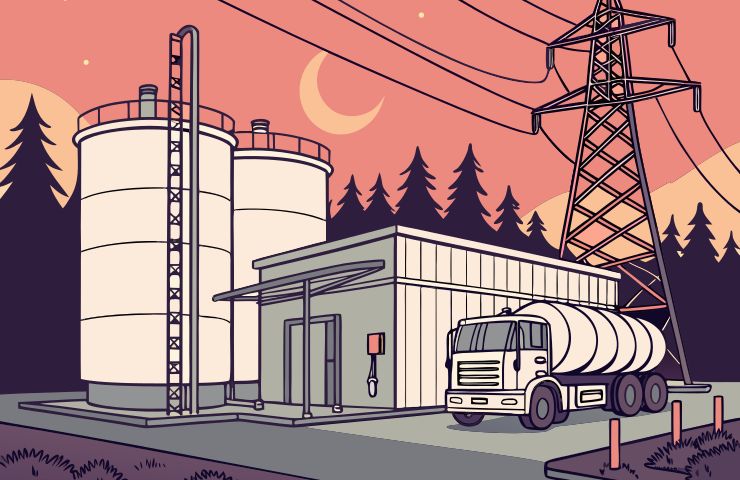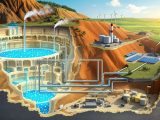
Hydrogen Production Takes Off at HTEC’s First Commercial-Scale Burnaby Facility
October 27, 2025The future of hydrogen production just got a major boost in Metro Vancouver. On October 24, 2025, HTEC flipped the switch on the Burnaby Clean Hydrogen Production Facility—BC’s very first commercial-scale clean hydrogen electrolyzer. And no, it’s not a show pony. It’s pumping out low-carbon hydrogen at scales that can keep fleets and factories humming right now.
Tucked into Burnaby, a hotspot for industrial innovation with ready access to renewable hydroelectric power and major transport routes, this plant pairs a custom-built electrolyzer with a liquid hydrogen gasification system for backup. Thanks to support from the Canada Infrastructure Bank, PacifiCan, the National Research Council of Canada, the British Columbia Ministry of Energy and Climate Solutions, and clean juice from BC Hydro, this setup is tearing down the walls to wider hydrogen adoption.
Facility Design and Redundancy
At its heart sits a proton exchange membrane electrolyzer—the kind of cutting-edge electrolysis system cranking out about one tonne of green hydrogen every day. BC Hydro’s renewable grid feeds the juice that splits water into ultra-pure hydrogen and oxygen—zero direct CO₂ emissions in sight. And because life throws curveballs, they’ve got an on-site liquid hydrogen gasification system to turn stored liquid hydrogen back into gas whenever demand spikes or the electrolyzer needs a breather. Together, they churn out up to 1.8 tonnes a day—one of the highest outputs west of the Rockies.
Regional Decarbonization and Job Creation
What’s really exciting is the carbon footprint: under 18 gCO₂e/MJ, slashing well-to-wheel emissions by around 90% compared to diesel or gasoline. Roll this out across local fleets, and you’d dodge over 10,000 tonnes of CO₂e each year. And it’s not just good for the planet—this plant supports 14 full-time jobs today, with another 50 roles on deck at a new North Vancouver liquefaction facility.
Financing and Partnerships
Pulling this off took a real team effort. The Canada Infrastructure Bank put up cornerstone financing, while PacifiCan and the National Research Council of Canada pitched in with grants and know-how. The British Columbia Ministry of Energy and Climate Solutions fast-tracked approvals, and BC Hydro keeps the renewable power flowing for low-carbon electrolysis. It’s a perfect example of how smart policy and private investment can fast-track hydrogen infrastructure and drive industrial decarbonization.
Scaling Up: H2 Gateway and Next Steps
The Burnaby plant is the cornerstone of HTEC’s H2 Gateway Program—a masterplan for a regional hydrogen ecosystem. Up next: electrolyzer sites in Nanaimo and Prince George, plus a liquefaction hub in North Vancouver to extend the reach. They’re also lining up refueling stations and vehicle leasing options to make switching to fuel cell tech a no-brainer for fleet operators.
By offering a blueprint that ties together production, storage and end-use, HTEC has cleared a major hurdle for clean hydrogen. This facility isn’t just cutting transport emissions—it cements British Columbia’s spot as a zero-emission trailblazer and maps out a clear route toward broader industrial decarbonization across Canada.


 With over 15 years of reporting hydrogen news, we are your premier source for the latest updates and insights in hydrogen and renewable energy.
With over 15 years of reporting hydrogen news, we are your premier source for the latest updates and insights in hydrogen and renewable energy.